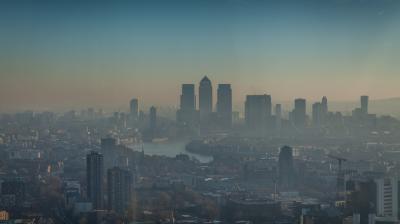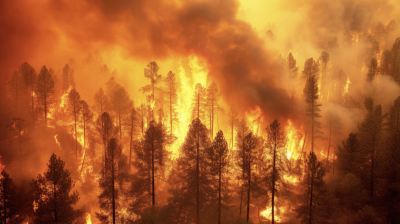WMO Air Quality and Climate Bulletin No. 4 - September 2024
- WMO Air Quality and Climate Bulletin highlights interlinkages
- Action against air pollution and climate change is win-win solution
- Wildfire smoke harms human, ecosystem and crop health
- Wildfire emissions cross borders and entire continents
- Particulate matter levels show differing regional trends
The WMO Air Quality and Climate Bulletin includes a special focus on wildfires. It also looks at global and regional concentrations of particulate matter pollution and its harmful effects on crops in 2023.
The WMO bulletin was released for Clean Air for Blue Skies Day on 7 September. This year’s theme is Invest in Clean Air Now. Ambient air pollution causes more than 4.5 million premature deaths annually and wreaks a high economic and environmental cost.
The bulletin, the fourth in an annual series, explores the intricate relationship between air quality and climate.
The chemical species that lead to a degradation in air quality are normally co-emitted with greenhouse gases. Thus, changes in one inevitably cause changes in the other.
Air quality in turn affects ecosystem health as air pollutants settle from the atmosphere to Earth’s surface. Deposition of nitrogen, sulfur and ozone reduces the services provided by natural ecosystems such as clean water, biodiversity, and carbon storage.
About the WMO Air Quality and Climate Bulletin series
Ongoing climate change, caused by the accumulation of greenhouse gases in the atmosphere, is happening on a timescale of decades to centuries and is driving environmental changes worldwide. In contrast, the air pollution that occurs near the Earth’s surface happens on a timescale of days to weeks, and across spatial scales that range from local (for example, urban centres) to regional (such as the eastern United States of America, northern India or the Amazon).
Despite these wide‑ranging differences, air quality and climate change are strongly interconnected. The WMO Air Quality and Climate Bulletin reports annually on the state of air quality and its connections to climate change, reflecting on the geographical distribution of and changes in the levels of traditional pollutants.




